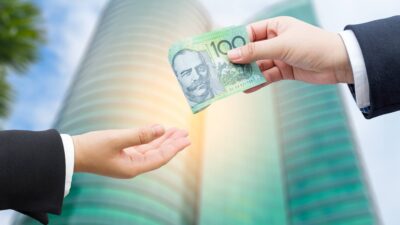Investing, like most other activities in life, requires practice and experience for any human to become competent at it.
In fact, some people may never even reach competency even after years of training.
So when those who have done it successfully for a long time give the newbies advice, it pays to listen.
And there's one ASX investing mistake that experts repeatedly warn about, but novices continue to ignore at their peril.
Stop kidding yourself
It's human nature to want to buy ASX shares at precisely the "right" moment. Everyone wants to buy low and sell high, which is perfectly understandable.
But this is impossible to do intentionally, according to The Motley Fool US' Katie Brockman.
"In reality… it's impossible to know where the market is headed in the short term."
If you attempt to time the market and the stocks go in the opposite direction to what you expect, the results can be disastrous.
"Say you predict stock prices are going to fall in the coming weeks, so you pull your money out of the market now. If the market ends up surging, you'll miss out on those potential earnings," said Brockman.
"Then if you decide to reinvest later after prices have already increased, you'll end up paying a premium for the exact same investments you just sold."
Such mistimings could seem trivial for individual stocks, but it adds up pretty quickly.
"Mistiming the market even once could potentially cost you hundreds or even thousands of dollars, but doing this repeatedly over a lifetime could be far more expensive."
Dollar-cost averaging vs all-in
So, fair enough, timing the market is impossible and dangerous.
Does that mean you buy a little bit regularly, which is a strategy known as dollar-cost averaging, or just invest all at once when your funds allow?
Although dollar-cost averaging seems sensible, evidence shows that simply going all-in provides better returns.
Earlier this year, both Betashares and Morgan Stanley (NYSE: MS) studies came to this same conclusion.
"Lump-sum investing may generate slightly higher annualised returns than dollar-cost averaging as a general rule," said Morgan Stanley portfolio manager Dan Hunt.
The Betashares study calculated who did better on the ASX if they were given $2,000 each year to invest between 2001 and 2022.
The investor who evenly divided the $2,000 into 12 equal monthly investments ended up with a $115,029 portfolio.
The punter who simply bought $2,000 of shares on the first trading day of the year proudly showed off a $118,116 portfolio at the end of the period.
The moral of the story? Don't even think about timing. Just buy ASX shares when you have the savings.









